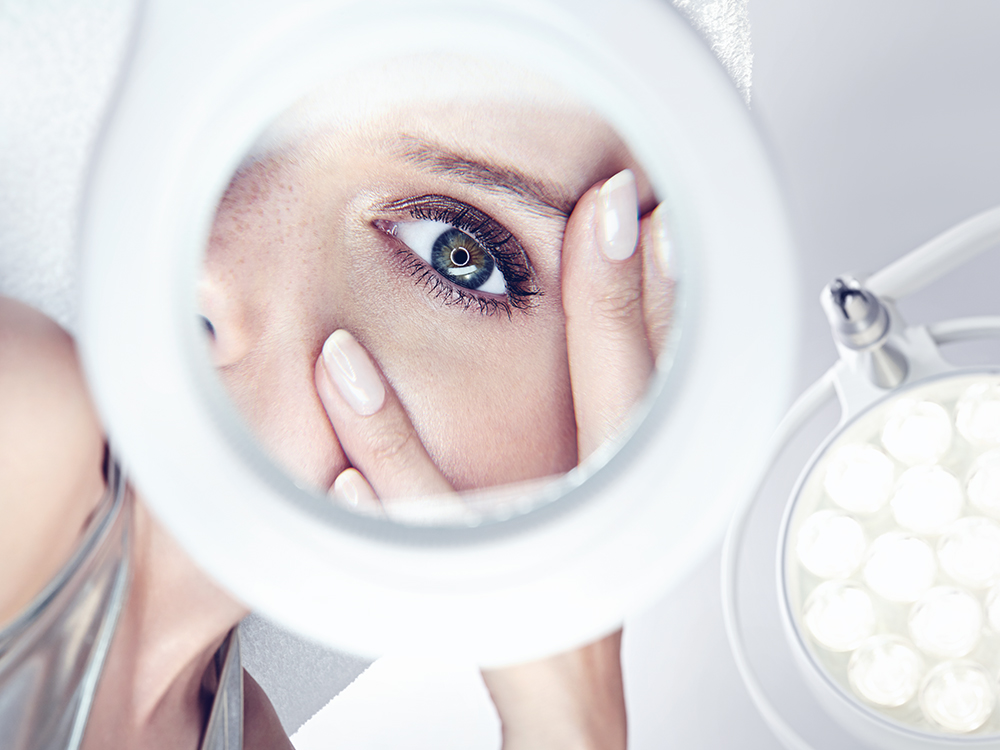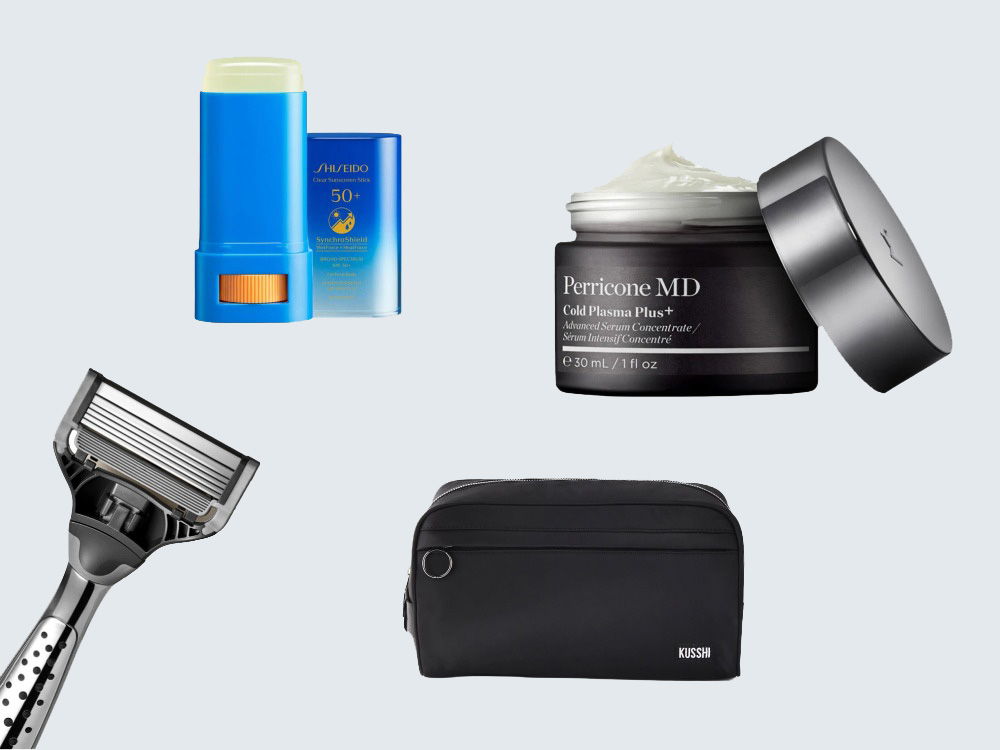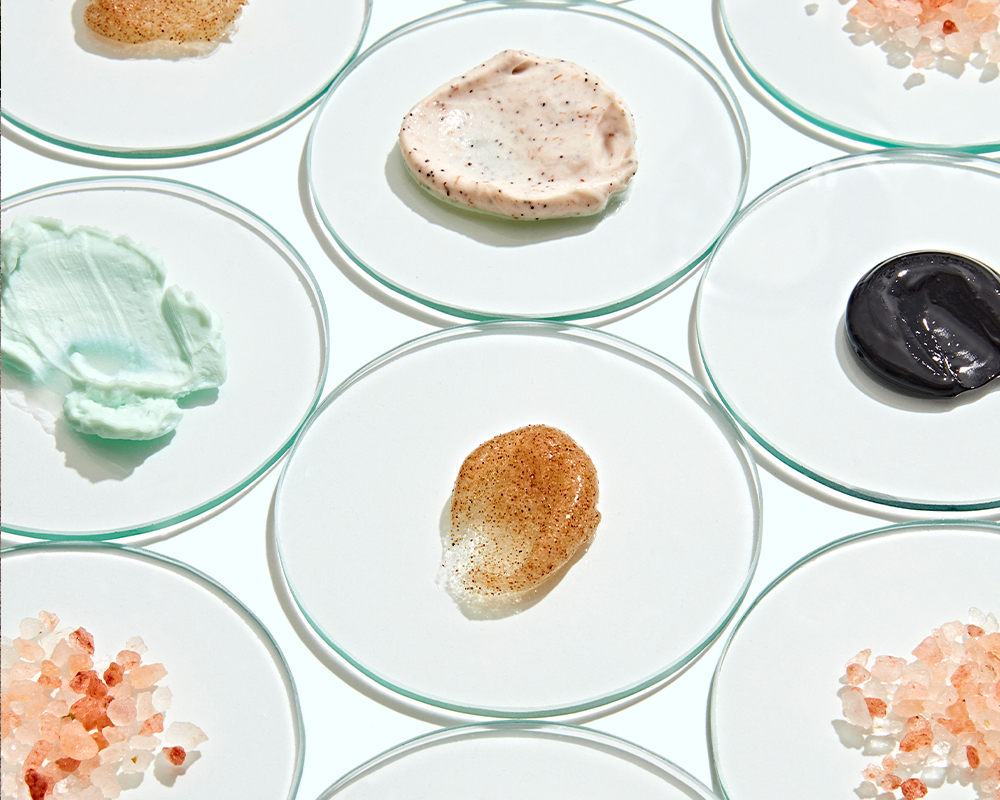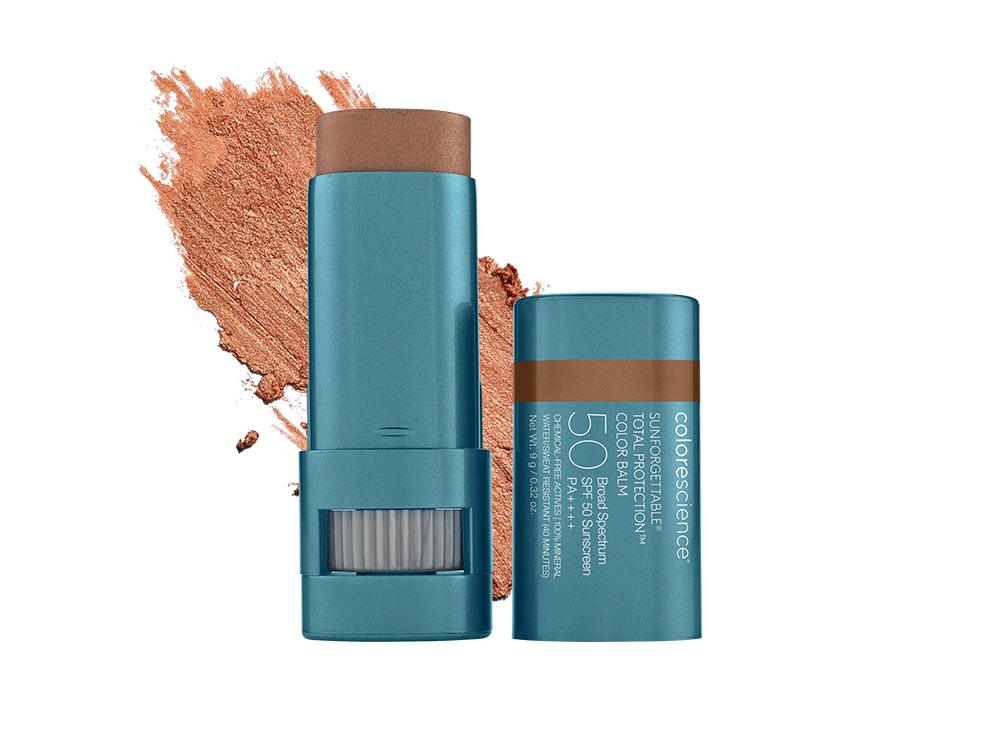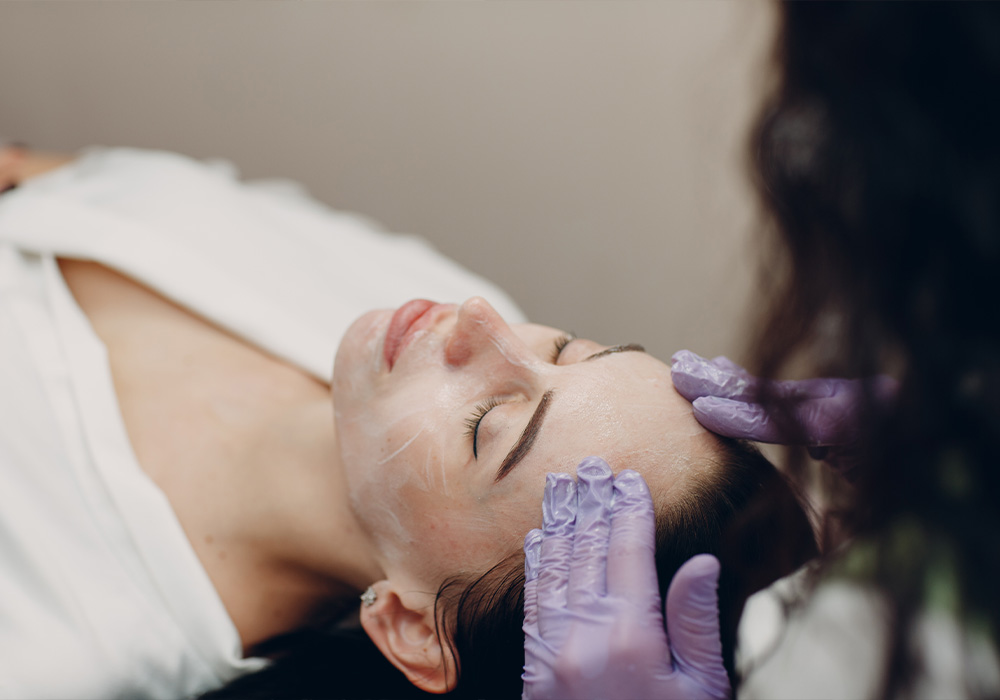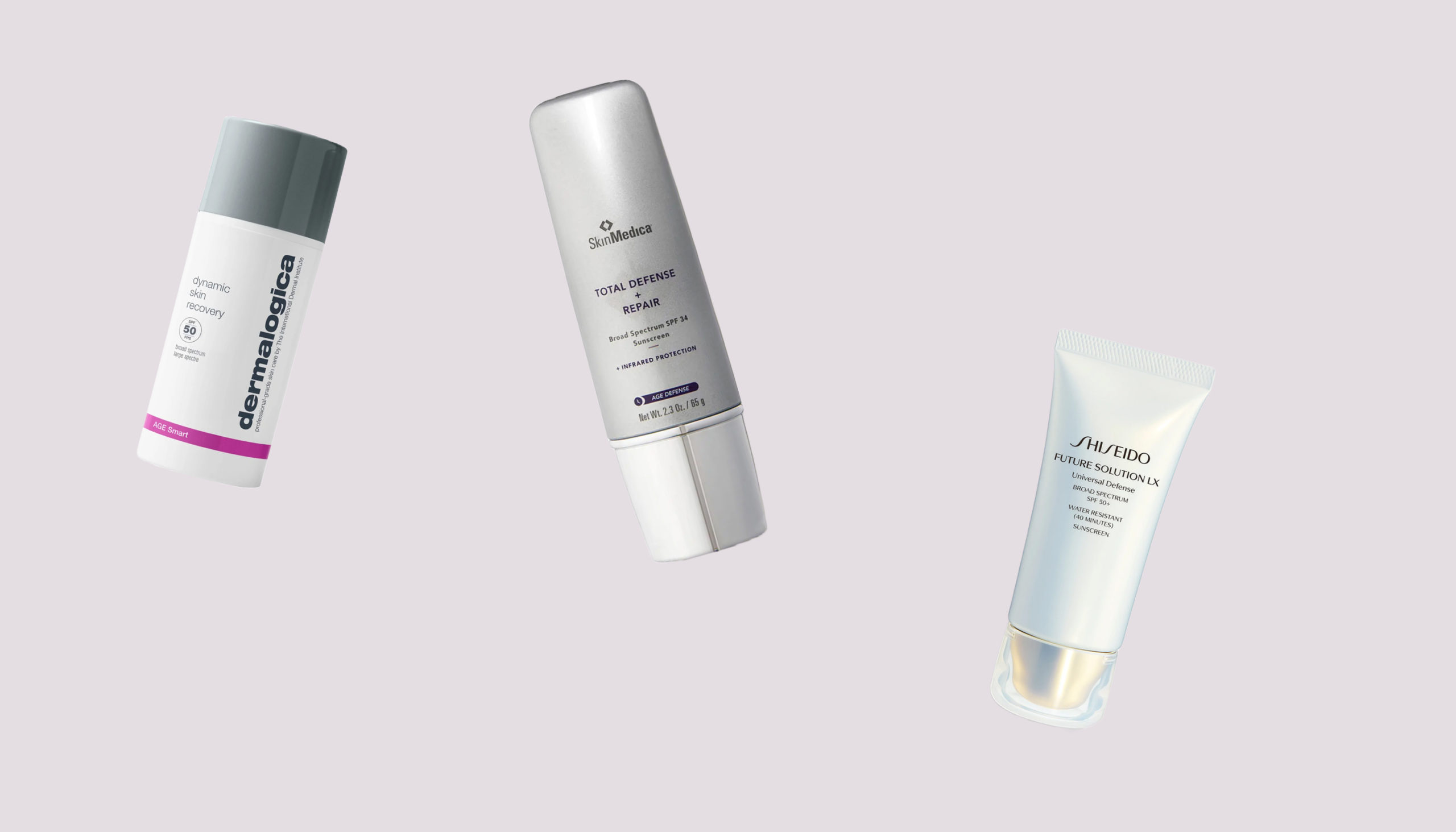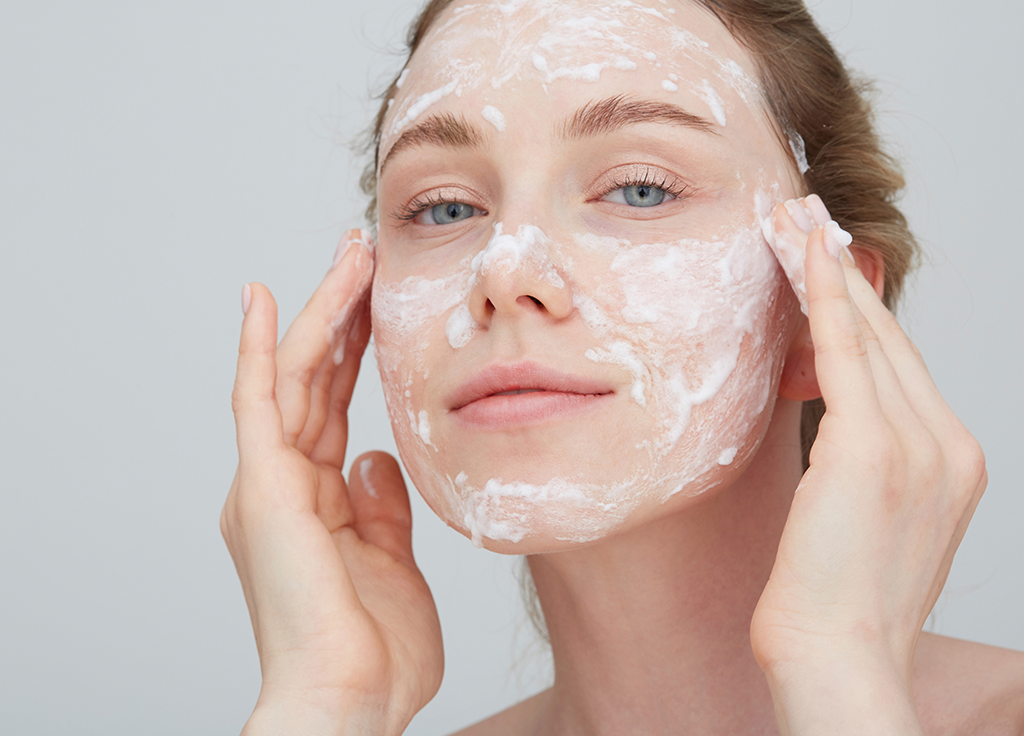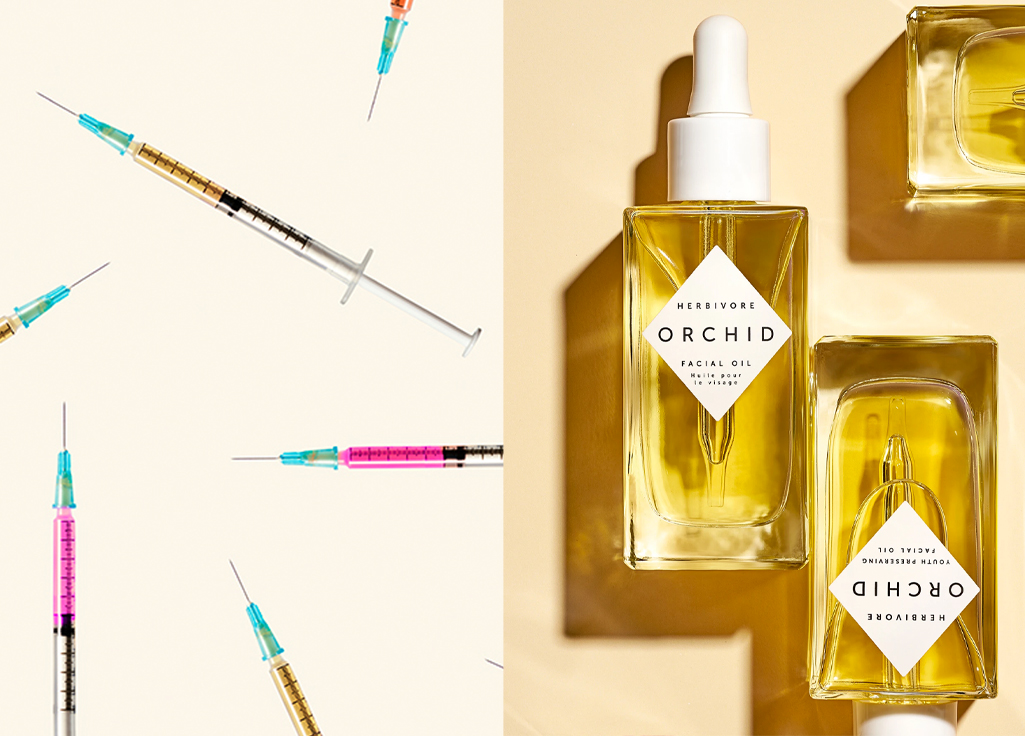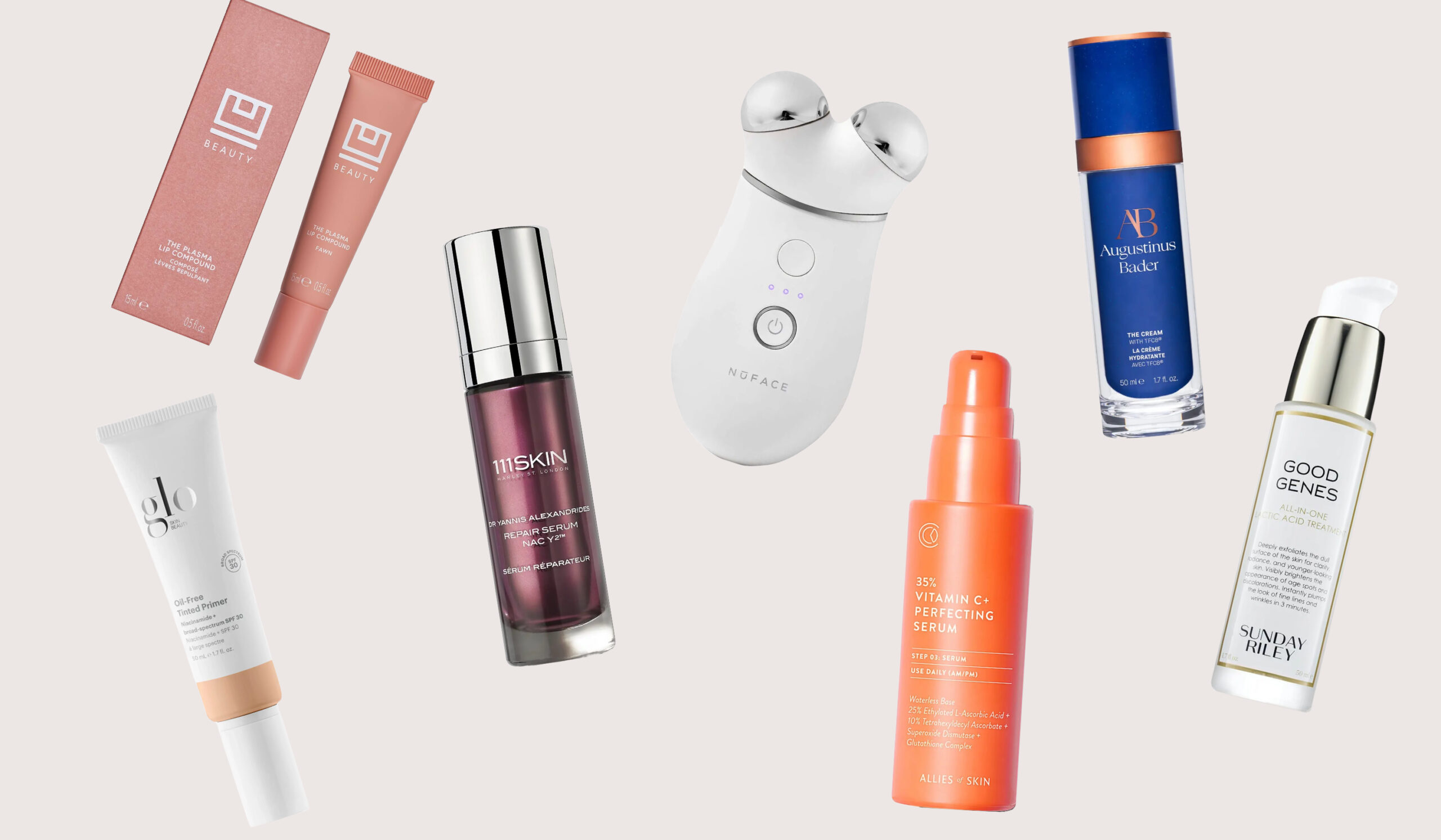Lasers, peels, injectables, fillers and more may flood your Instagram feed, yet plenty flies under the radar about these noninvasive and even downtime-free procedures.
Ahead, we spotlight everything that can happen after a noninvasive treatment—always discuss the treatment’s potential side effects and recovery with your doctor—and what you need to know to be fully versed before taking the plunge.
Long-Lasting Swelling and Bruising Are Common After Heavy RF Microneedling
RF microneedling treatments like Morpheus8 and Profound RF are praised for improving the skin, but patients don’t always know the extent of swelling and bruising. The larger needle size is the culprit, which Duxbury, MA plastic surgeon Christine Hamori, MD, says goes deeper into the skin.
Even with a dialed-down approach, age, skin type and thickness can affect how the skin responds. “If patients have thin skin, the blood vessels beneath the skin may be injured by the microneedles causing bruising,” says Dr. Hamori.
New York dermatologist Amanda Doyle, MD of Russak Dermatology, adds that salt and red wine consumption can contribute to swelling and bruising. “Taking ibuprofen, fish oil or blood thinners before and after can also induce extreme, prolonged swelling and bruising.” While everyone responds slightly differently, she says unexpected swelling and bruising can happen even if you follow your doctor’s pre and post-instructions. “That’s why we always tell patients there’s up to one week of downtime.”
The Skin Can Feel Hot After a Laser
For a laser to work its magic, it must deliver a specified wavelength of energy to the target area. “That energy can lead to heat formation. How long it lasts, typically a few hours to a few days, depends on the laser used and how aggressive the treatment was,” says Dr. Doyle. Short Hills, NJ facial plastic surgeon Alexander Ovchinsky, MD, adds that sometimes, numbing cream can cause a heat sensation as it wears off.
Dr. Hamori explains that post-laser skin goes into damage-control mode and opens up blood vessels, which causes the skin to heat up temporarily. However, most lasers cause swelling, and the radiation of heat by vasodilatation is deeper and more traumatic with ablative lasers.
Lip Flips Can Make It Harder to Move the Mouth
A lip flip relies on injections of a neuromodulator into the upper lip, creating more “lip” show and minimizing a gummy smile, lip lines and a thin upper lip. Lifting the upper lip also softens the muscles. Dr. Ovchinsky says that can cause some patients to experience difficulty drinking through a straw. Drooling and difficulty smiling and pronouncing certain words can also occur. “These side effects dissipate after one to two weeks or as the treatment is repeated,” he says.
With Lasers, There’s a Worse-Before-Better Period
Depending on the laser used, the skin can look worse before it gets better. “Lasers that help with pigmentation and fine lines burn the skin in a controlled, specific way,” Dr. Hamori explains. “While the skin heals, it looks red and swollen, then crusty. Then, it peels off.”
These lasers deliver energy to shrink blood vessels or create micro-injuries, leading to an uptick in collagen. “To remove pigment and vessels or to get smoother skin, we have to trigger these processes first,” Dr. Doyle explains. And with that process comes redness, swelling and crusting before seeing the end effects.
Post-HydraFacial Breakouts Can Occur
Some patients experience breakouts after a HydraFacial (or similar wet facial treatment), which works via a specialized cleansing device and vacuum that opens the pores for a deep cleanse. “There’s skin stimulation during the treatment, which draws impurities to the surface. That can cause the skin to break out for a few days,” says Dr. Ovchinsky. “All this means is that the facial eliminated anything within the skin that shouldn’t be there.” These treatments can also stimulate sebum production in some skin types.
To minimize the incidence of post-treatment breakouts, Dr. Doyle recommends following a dedicated skin-care regimen.
Neuromodulator Mishaps Can Occur Following Brow Lamination
If you’ve had brow lamination, tell your dermatologist or plastic surgeon so they can adequately evaluate your anatomy before injections. Although it’s safe to couple neuromodulators with brow-defining treatments, Dr. Ovchinsky recommends brow lamination before toxin for optimal results.
However, if the brows are a bit more arched and their baseline altered from the lamination, Dr. Doyle says your doctor must consider this when injecting, so you’re less likely to run into an issue like Spock eyebrows.
